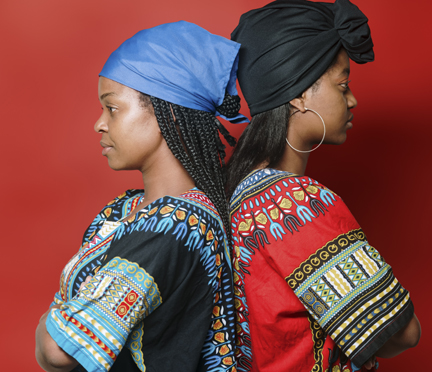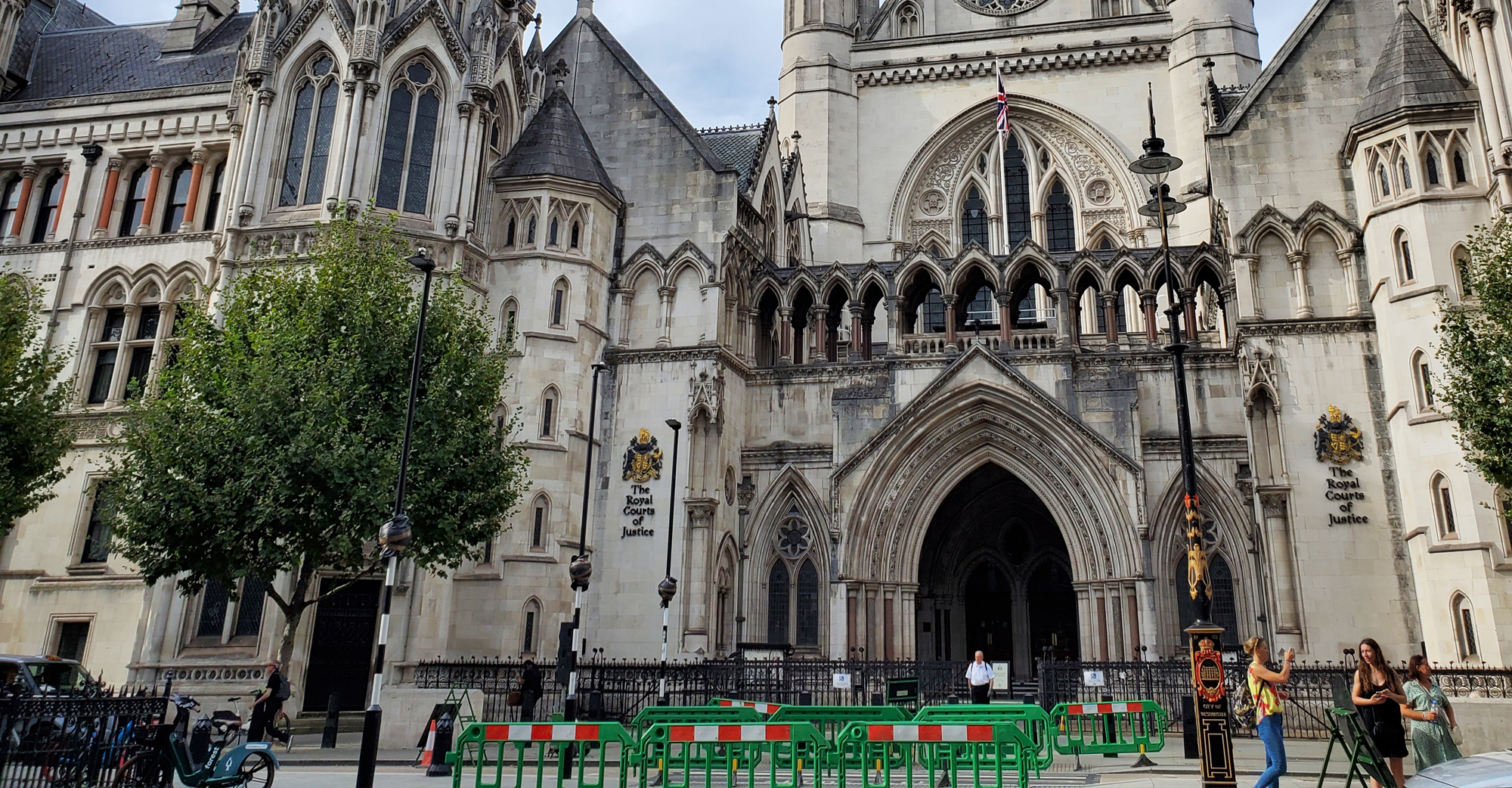TRUE
Other countries with high taxes are Finland (56%), Japan (55%), Austria (55%), Denmark (55%), Sweden (52%), Aruba (52%), Belgium (50%), Israel (50%), and Slovenia (50%).
And in case you didn't know, Côte d'Ivoire, also known as Ivory Coast, is a West African nation known for its diverse geography, rich culture, and status as a major cocoa producer, with its economic hub in Abidjan and political capital in Yamoussoukro. The country features tropical rainforests, savannahs, and beaches, official French language, a unitary presidential republic government, and a vibrant mix of Christian and Muslim populations, actively developing its arts, media, and sports (like football).


